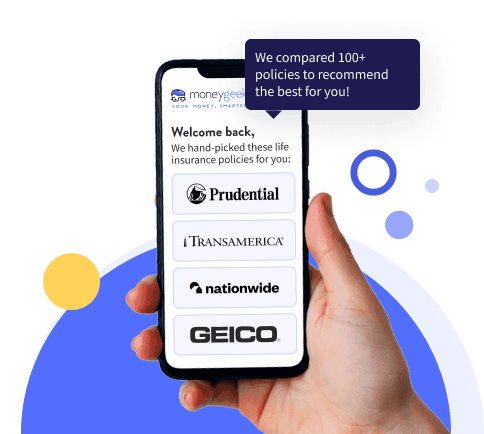Supplemental life insurance is additional coverage you can purchase through your employer to fill gaps left by your basic life insurance policy. Most employers offer basic life insurance equal to one or two times your annual salary as part of your benefits package. Supplemental life insurance coverage lets you increase that amount, up to three to five times your salary. Also called voluntary life insurance or supplemental employee life insurance, this workplace benefit increases your death benefit protection through payroll deductions.
Supplemental coverage provides extra financial protection in the form of a death benefit for your beneficiaries but comes with restrictions. Policies lack portability, meaning coverage ends when you leave your job. Coverage amounts are also limited compared to individual term life policies. Most buyers are better off with a term life policy, but supplemental insurance is worth it in these situations.










